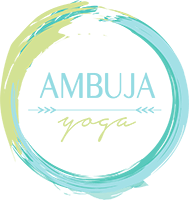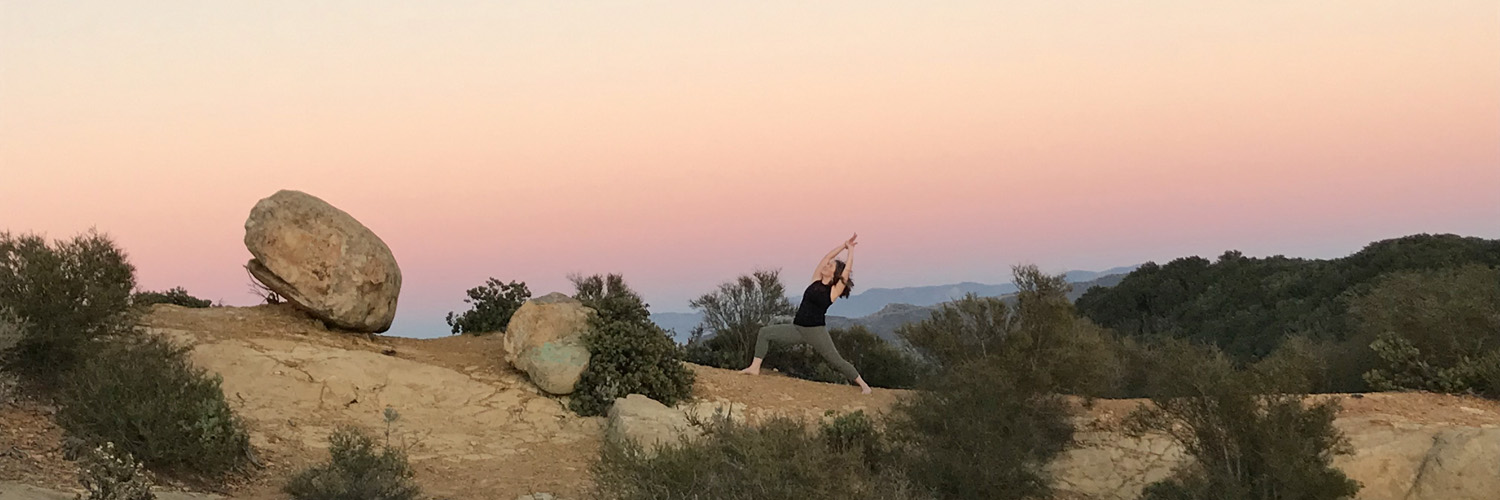
How are we already in the middle of November? I feel like October was just a blip. However, cliche it may be, I love that November is a month that we are all encouraged to practice a bit more gratitude. It goes a long way in improving our mental health and our relationships, so why not weave it into our daily routines?! If you’d like to read a little more on the topic, I love this short article from Harvard.
This month has really pushed me into a gratitude practice… if for nothing else, but saving my sanity. I’ve been solo parenting all month, I flew across the country and back with a toddler, and have been blessed by my fellow teachers with class coverage while I’ve been away and/or otherwise occupied. I’m so grateful for the family who have hosted us, fed us, and shuttled us around. I’m so grateful for the Frontier flight attendants and baggage workers who helped carry our bags and set up our stroller so I could keep Atlas sleeping and calm a little bit longer. I’m so grateful for my fellow yoga teachers who have covered class after class. I’m just really f’in grateful for it all. Even the challenging parts… because it reminds me of what I’m capable of and it reminds me of the goodness within each of us.
In the midst of our busy lives, it’s easy to overlook the power of gratitude. Yet, it is a force that can bring immense joy, peace, and fulfillment into our lives. Fortunately, gratitude is like a muscle. It just needs to be worked and strengthened with practice and use.
Here’s the Science:
Research has shown that practicing gratitude can lead to increased happiness, reduced stress, and improved overall health. When we cultivate gratitude, our perspective shifts, allowing us to focus on the positive aspects of life, even in challenging situations. It can enhance our relationships, boost our immune system, and improve our sleep quality. A Study by Emmons and McCullough found that those who practice gratitude consistently experienced greater life satisfaction and overall well-being. Studies using brain imaging techniques even found that practicing gratitude activates brain regions associated with the experience of pleasure and reward, reinforcing the idea that gratitude is a natural mood enhancer.
Here are the Tools I Love:
1. Gratitude Journaling:
- Set aside a few minutes each day to write down things you are grateful for. These can be specific events, experiences, people, or even simple pleasures.
- Be detailed and specific about what you appreciate, reflecting on the nuances of each experience.
- Writing in a gratitude journal regularly helps train your mind to focus on the positive aspects of your life.
2. Gratitude Meditation:
- Practice mindfulness meditation with a focus on gratitude. Sit quietly, breathe deeply, and bring to mind the things you are thankful for.
- With each breath, concentrate on a specific element of your life you appreciate. Visualize it clearly and allow the feelings of thankfulness to wash over you.
- This practice helps you become more aware of the positive aspects of your life, promoting a sense of peace and contentment.
- This short meditation and mudra practice is a great jumping-off point.
3. Gratitude Jar (I’ve been doing a gratitude turkey with Atlas)
- Keep a jar and small pieces of paper handy.
- Whenever something good happens or you feel thankful for something, jot it down on a piece of paper and put it in the jar.
- Whenever you’re feeling down or need a boost, read through the notes. It serves as a tangible reminder of the positive aspects of your life.
4. Express Gratitude to Others:
- Take time to express your gratitude to people around you. Write a thank-you note, send an email, or simply say ‘thank you’ in person.
- Expressing gratitude not only strengthens your relationships but also makes you and the recipient feel good, creating a positive cycle of appreciation.
5. Gratitude Walk:
- I’ve been doing A LOT of walking lately with the dogs and this has helped shift my mindset away from it feeling like such a chore:
- Take a mindful walk outdoors, preferably in nature.
- As you walk, focus on the things around you that you are thankful for – the sunshine, the sound of birds, the fresh air, or the beauty of the trees.
- Engaging your senses in this way amplifies your sense of gratitude.
6. Gratitude Affirmations:
- Start or end your day with gratitude affirmations. These are positive statements expressing your thankfulness.
- Repeat these affirmations aloud or in your mind. For example, “I am grateful for the love in my life” or “I am thankful for the opportunities that come my way.”
- Affirmations reinforce positive thinking and help shift your focus toward gratitude.
- Add a mudra like Anjali Mudra (prayer hands) or Pushpaputa Mudra (gesture of offering)
7. Be Delighted and in Awe
- Allow yourself to be awed every single day. Slow down and notice the beauty around you, watch a small child play in nature, etc.
- Notice the miracles big and small
- Relish in and delight in your experiences — the food you eat, the company you keep, the air you breathe, the views you take in.
8. Gratitude in Challenging Situations:
- Train yourself to find something positive even in difficult situations. It could be a lesson learned, inner strength discovered, or the support of loved ones.
- Shifting your perspective in challenging times can foster resilience and help you navigate through difficulties with a positive mindset.
- It fills up our reserves so when we’re faced with challenging situations we are able to weather them with more ease and grace.

Yoga and Gratitude:
In our yoga practice, we can infuse gratitude into every breath and every pose. With each inhale, we can invite gratitude into our hearts, and with each exhale, we can release any negativity or tension. Let’s approach our yoga mats with an attitude of gratitude, acknowledging the incredible gift that our bodies, minds, and spirits are.
As we practice gratitude, let’s inspire one another and create a positive and supportive community.
Wishing you a heart full of gratitude and a spirit at peace.
Love and Light,
Autumn

 Ambuja Yoga
Ambuja Yoga 













